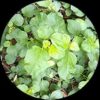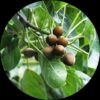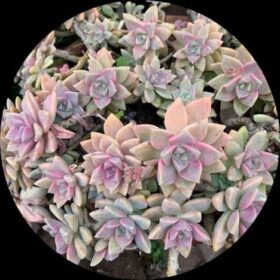- Empty cart.
- Continue Shopping
Dhatri
₹320.00Current price is: ₹320.00. Original price was: ₹556.00.
Genus : Woodfordia
“The Dhatri Plant is a versatile and medicinal herb that offers both beauty and health benefits. Its vibrant foliage and medicinal properties make it a valuable addition to any garden. Explore the uses, care tips, and the ways Dhatri Plant can enhance your well-being.”
Add to cart
Woodfordia is a genus of flowering plants that belongs to the Lythraceae family. The genus includes around 11 species of shrubs and small trees, which are native to South Asia and Southeast Asia.
The plants typically grow up to 3-4 meters tall, with branches that are arranged in a corymb-like fashion. The leaves are simple, opposite, and lanceolate in shape, with a smooth texture.
The flowers of the Woodfordia plants are showy and colorful, with a diameter of around 4-6 cm. They are arranged in terminal or axillary racemes or spikes and can be pink, orange, or red in color. The flowers are hermaphrodite, meaning they have both male and female reproductive organs, and are pollinated by insects.
The fruit of the Woodfordia plants is a small, woody capsule that contains numerous seeds.
Woodfordia plants are used in traditional medicine to treat a variety of ailments, such as diarrhea, dysentery, and fever. The plant is believed to have various therapeutic properties, such as antimicrobial, anti-inflammatory, and antidiabetic properties.
In addition to their medicinal uses, Woodfordia plants are also used for ornamental purposes due to their attractive flowers. They are often planted in gardens, parks, and other landscaped areas.
Woodfordia is a genus of plants that is valued for both its medicinal and ornamental properties. Its colorful flowers and potential health benefits make it a popular choice for gardens and traditional medicine.
Add a review
Currently, we are not accepting new reviews














Reviews
There are no reviews yet